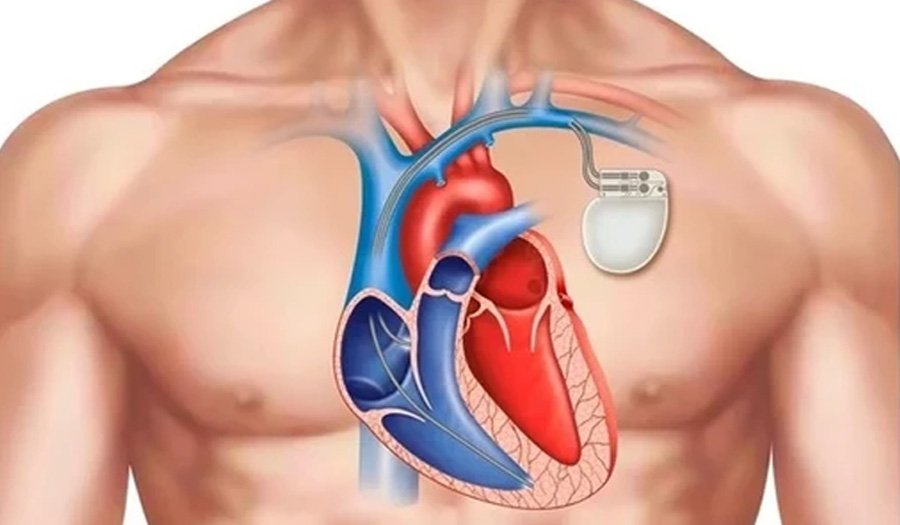Pace Makers

A pacemaker is a small, battery-operated medical device implanted in the chest or abdomen to regulate abnormal heart rhythms (arrhythmias). By delivering electrical impulses to the heart, pacemakers help maintain a steady and effective heartbeat.
What Is a Pacemaker?
Pacemakers are used when the heart’s natural electrical system fails to function properly, causing:
- Bradycardia: A heart rate that is too slow.
- Heart Block: Disrupted electrical signals between the heart’s chambers.
- Atrial Fibrillation with Slow Ventricular Response: Irregular heartbeats with a dangerously slow rhythm.
- Heart Failure: Some advanced pacemakers, like biventricular devices, help synchronize the heart’s contractions.
How Does a Pacemaker Work?
- Pulse Generator: The device houses a small computer and battery that generate electrical impulses.
- Leads (Wires): Thin, insulated wires connect the pulse generator to the heart. These wires transmit the electrical impulses to the heart muscles.
- Sensors: Modern pacemakers monitor the heart’s electrical activity and adjust impulses as needed.
Types of Pacemakers
- Single-Chamber Pacemaker: Stimulates either the right atrium or the right ventricle.
- Dual-Chamber Pacemaker: Regulates both the right atrium and right ventricle, ensuring coordinated heartbeats.
- Biventricular Pacemaker: Used in heart failure patients to synchronize the ventricles, improving heart efficiency.
- Leadless Pacemaker: A newer, smaller device implanted directly in the heart, eliminating the need for wires.
The Implantation Procedure
- Preparation: Doctors administer local anesthesia and mild sedation.
- Insertion: A small incision is made near the collarbone, and leads are guided through a vein to the heart.
- Device Placement: The pulse generator is placed under the skin, and the leads are connected to it.
- Testing: The pacemaker is tested to ensure it functions correctly before closing the incision.
The procedure is minimally invasive, and most patients return home within 24 hours.
When Do Doctors Recommend a Pacemaker?
Doctors suggest pacemakers for patients experiencing:
- Persistent fatigue or dizziness due to a slow heart rate.
- Fainting episodes caused by irregular heart rhythms.
- Heart failure symptoms requiring improved synchronization.
- Heart rate abnormalities that do not respond to medication.
Benefits of Pacemakers
- Restored Heart Rhythm: Pacemakers regulate the heartbeat, reducing symptoms like fatigue and dizziness.
- Improved Quality of Life: Patients experience better energy levels and physical activity tolerance.
- Prevention of Serious Complications: They reduce the risk of heart failure or sudden cardiac arrest.
- Advanced Technology: Modern pacemakers adjust to physical activity, optimizing heart performance.
Risks and Considerations
While pacemaker implantation is generally safe, potential risks include:
- Infection at the surgical site.
- Lead displacement requiring adjustment.
- Battery depletion (requires replacement every 5–15 years).
- Rare allergic reactions to the device materials.
Innovations in Pacemaker Technology
- MRI-Compatible Devices: Allow patients to undergo MRI scans safely.
- Remote Monitoring: Enables doctors to check device performance and heart health wirelessly.
- Leadless Pacemakers: Smaller, less invasive devices without wires.
